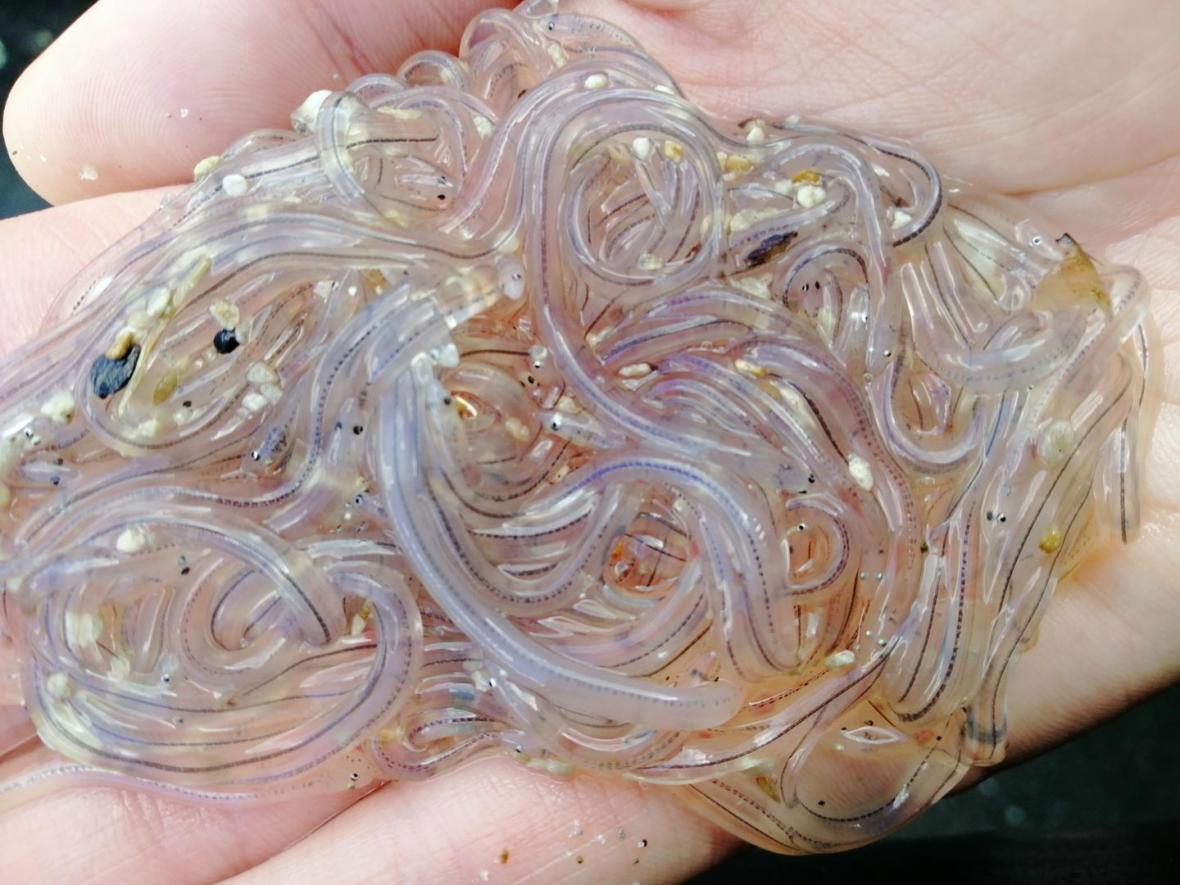I study fish larvae, the early life stage of fishes: one challenge is to collect them alive to be able to observe their behavior. A second challenge is to observe them in their natural environment without human disturbance. #takeoverNSF
#takeoverNSF
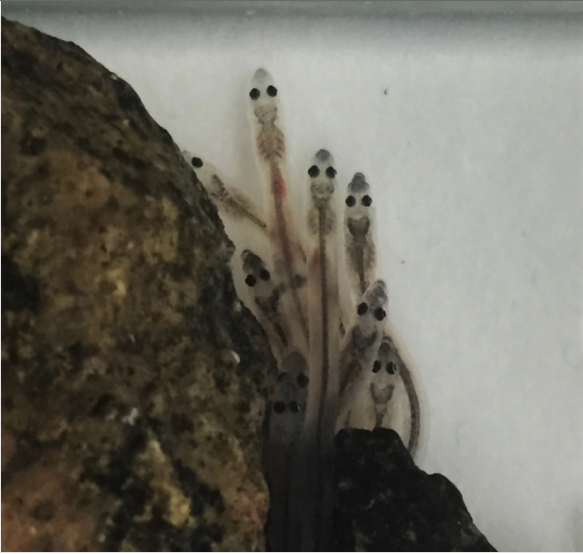
#takeoverNSF
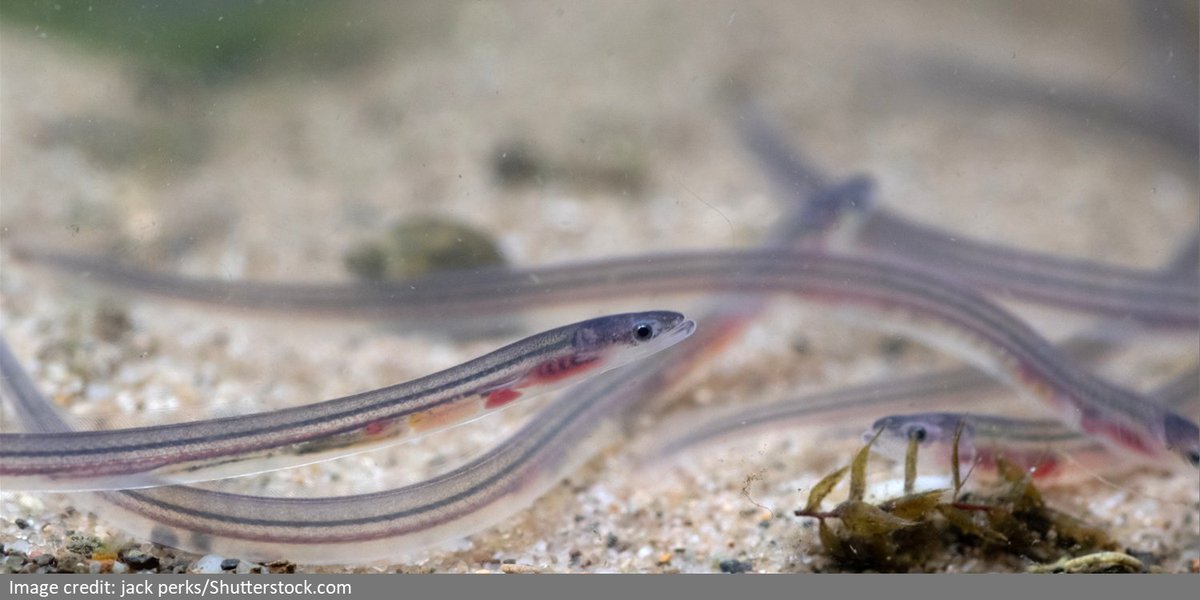
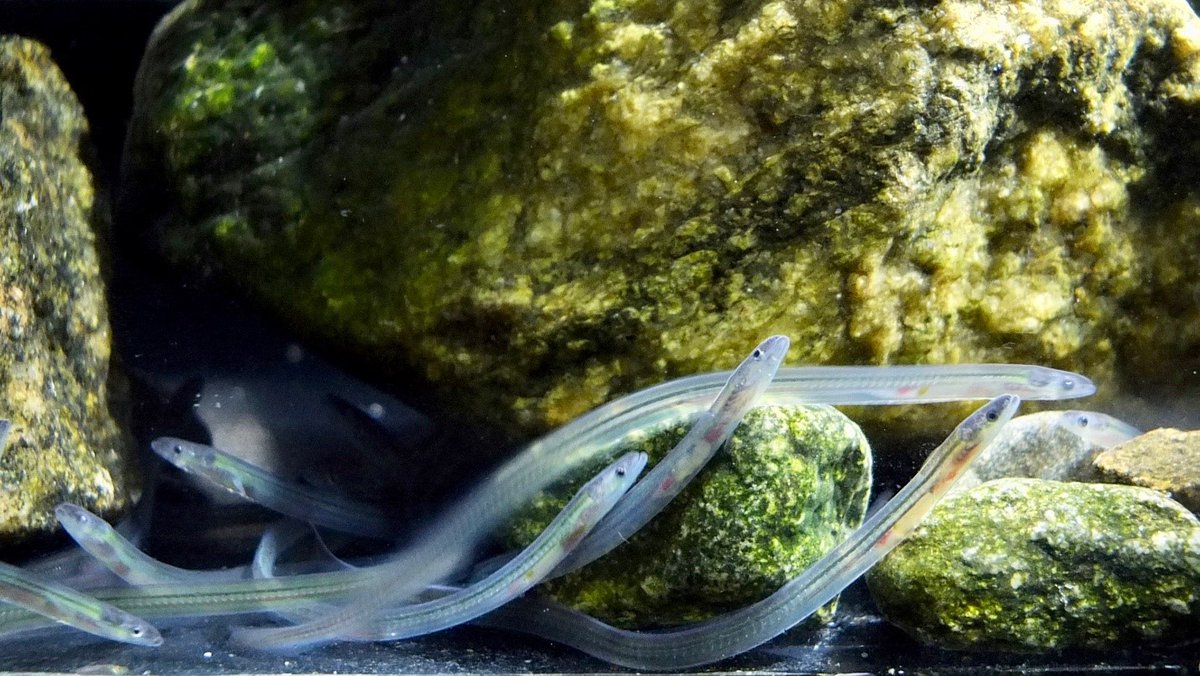

#takeoverNSF
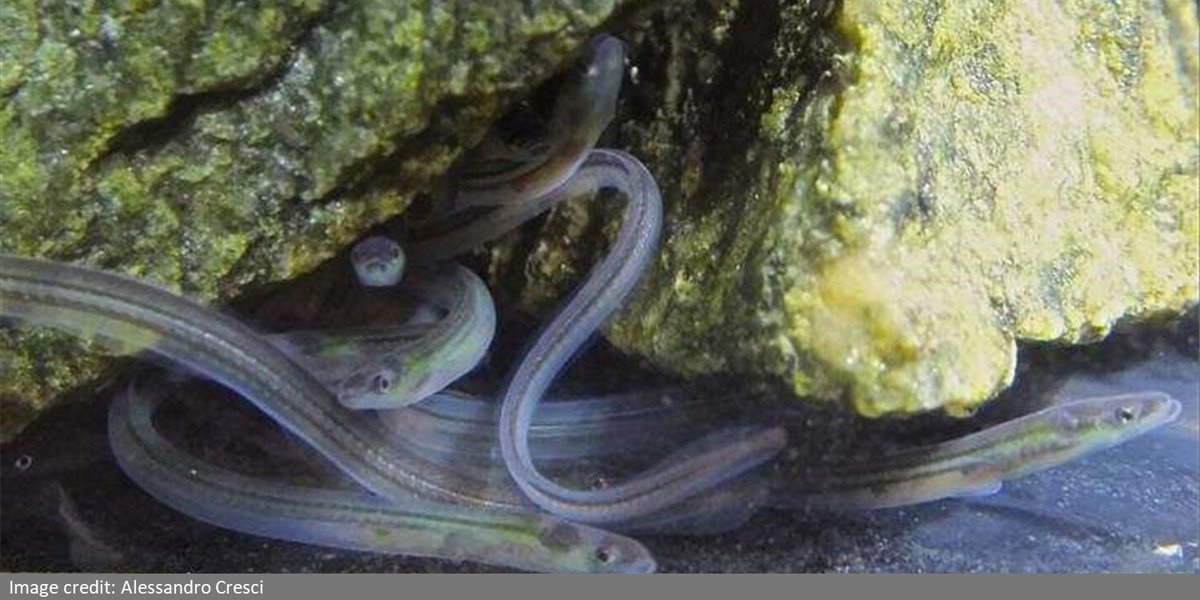
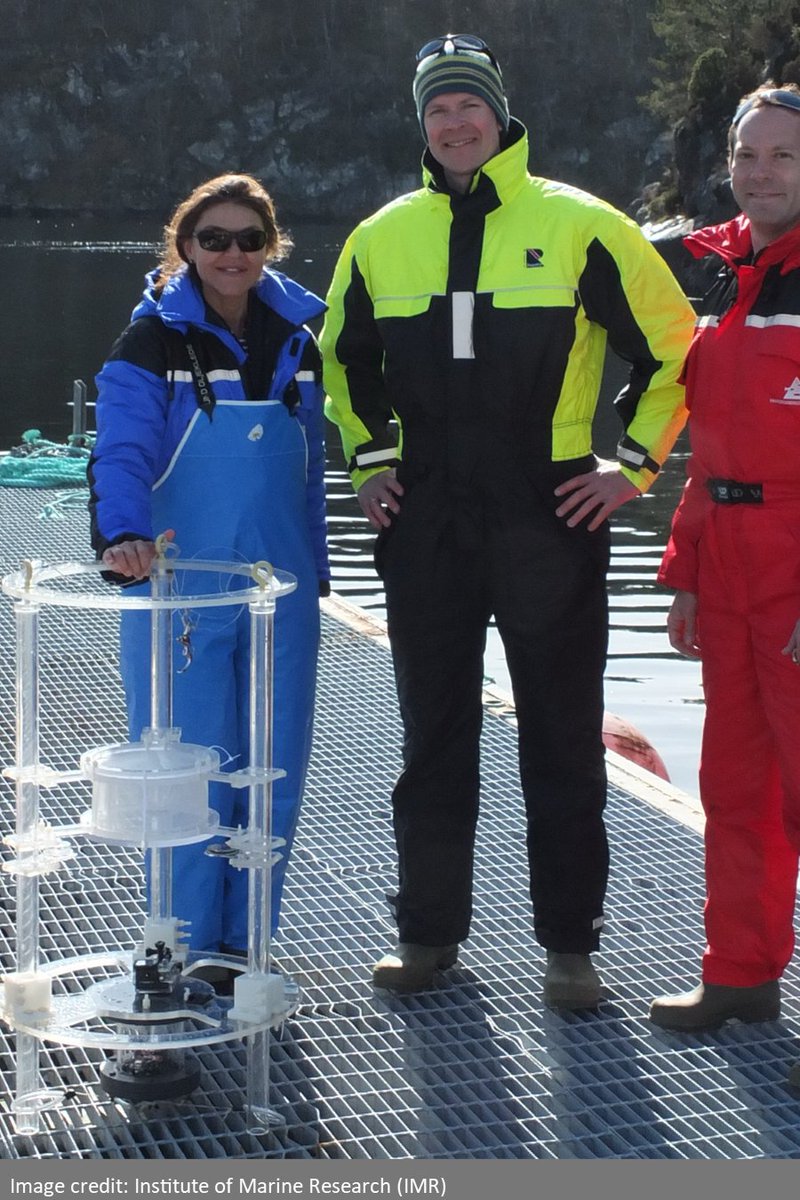
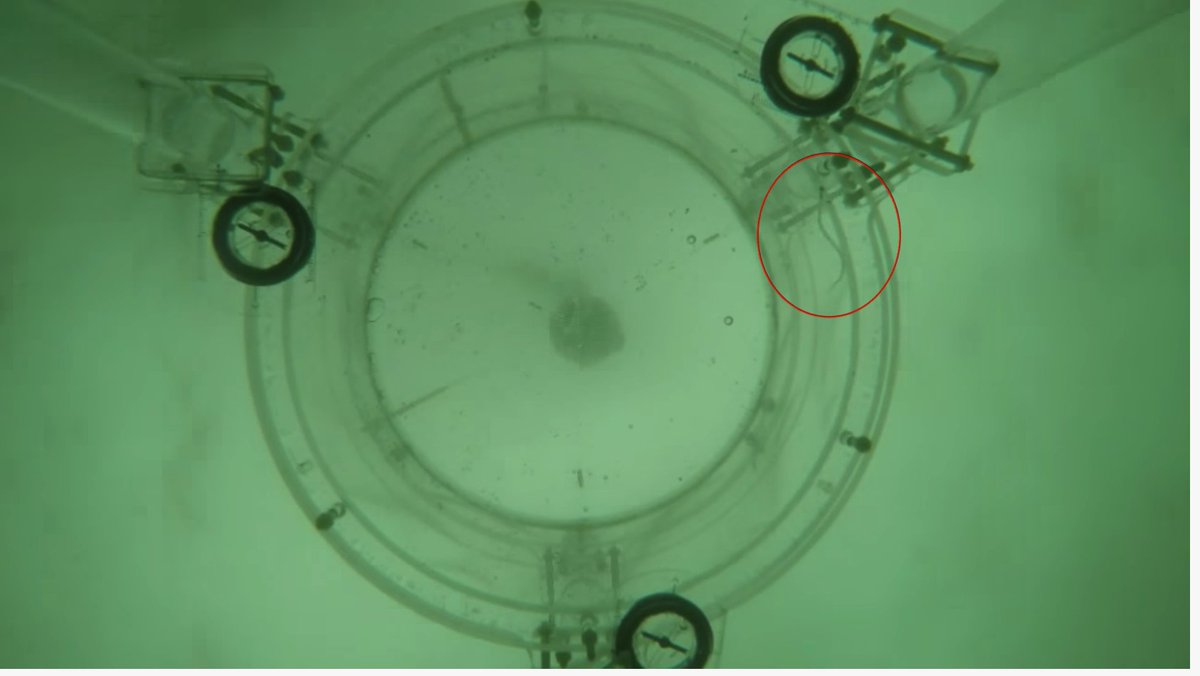

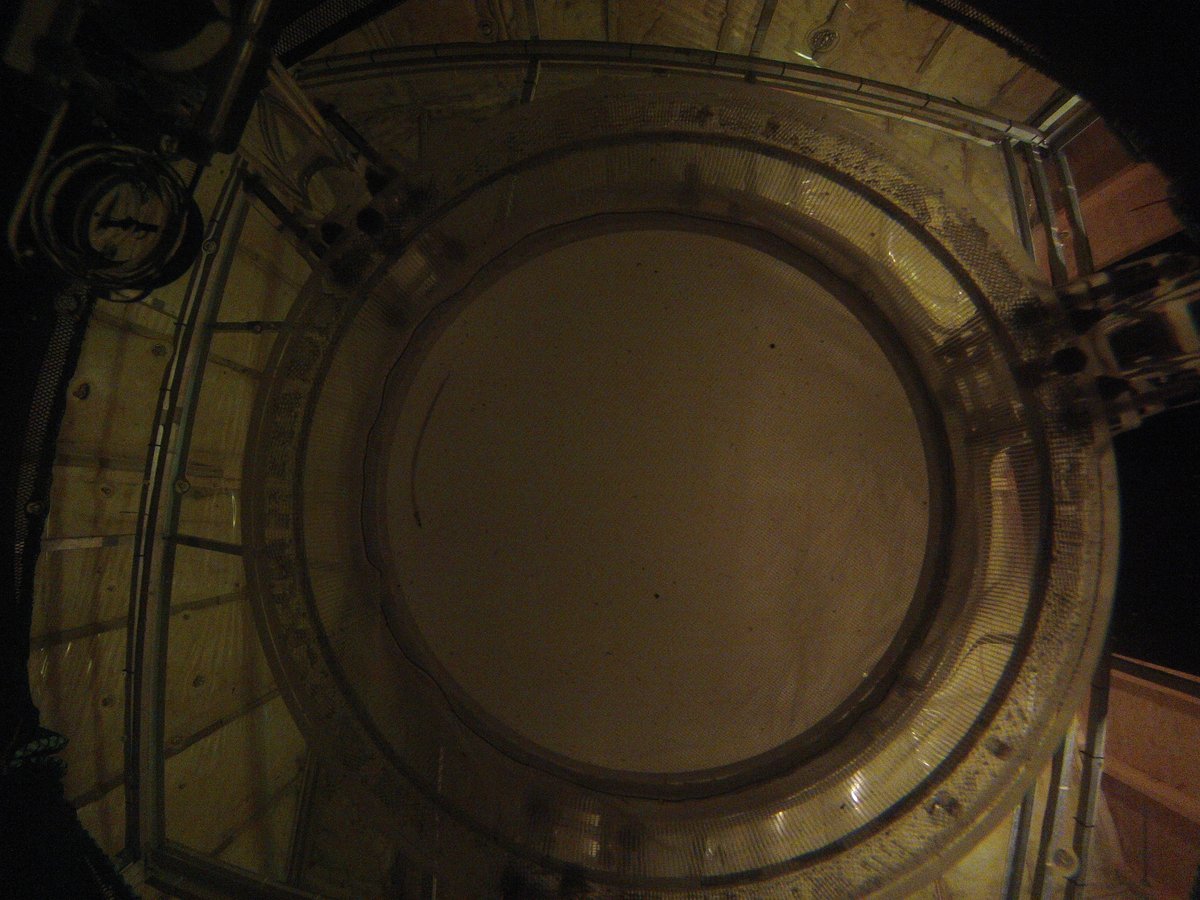
📷: Alamy
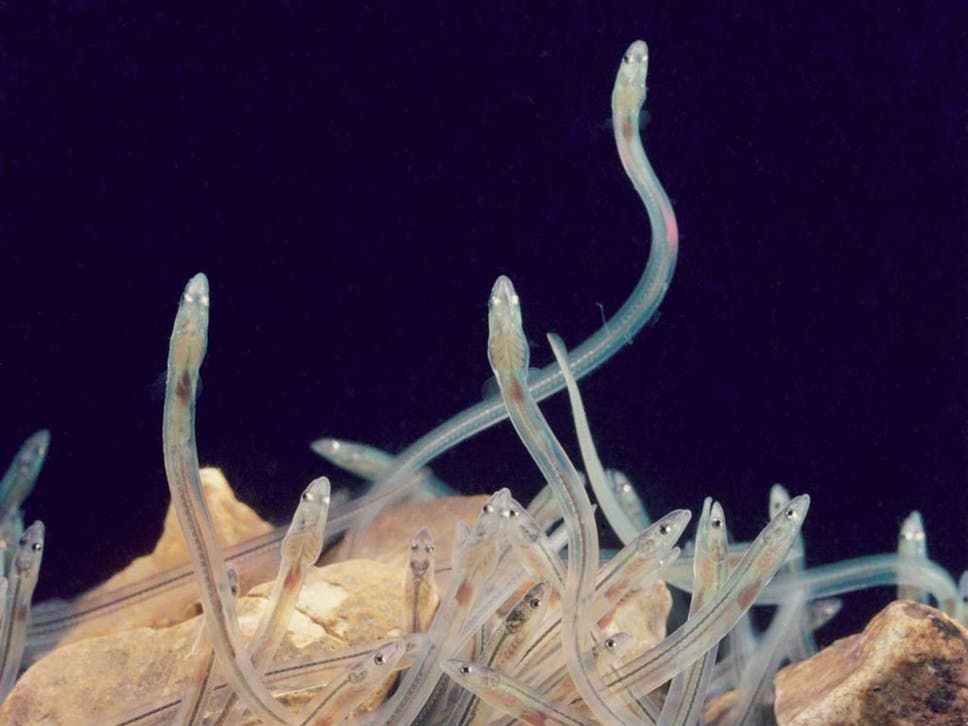
Follow me @beatrixparis and my institution @UMiamiRSMAS to learn more!
#STEMed #takeoverNSF
📷: Eimear Egan, NIWA
